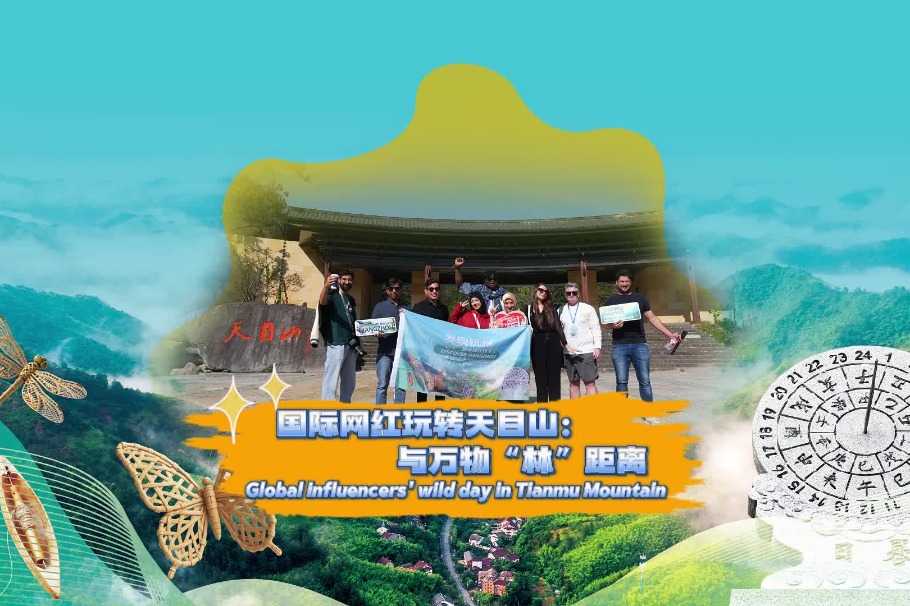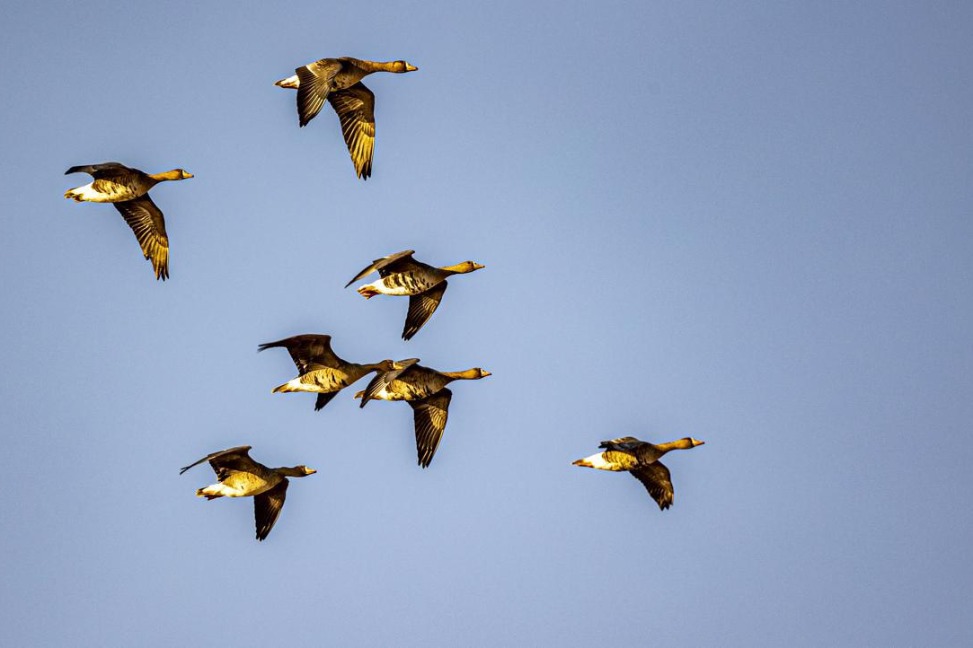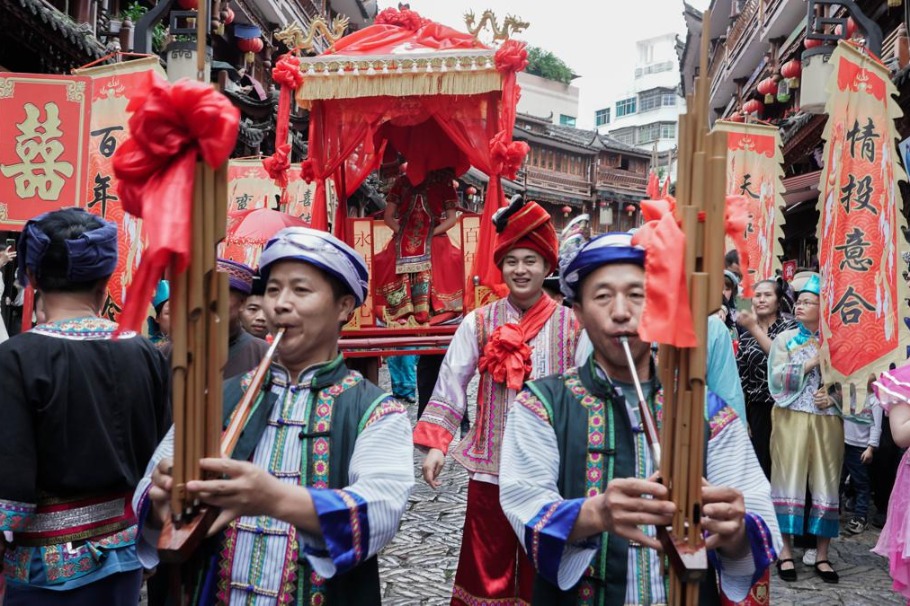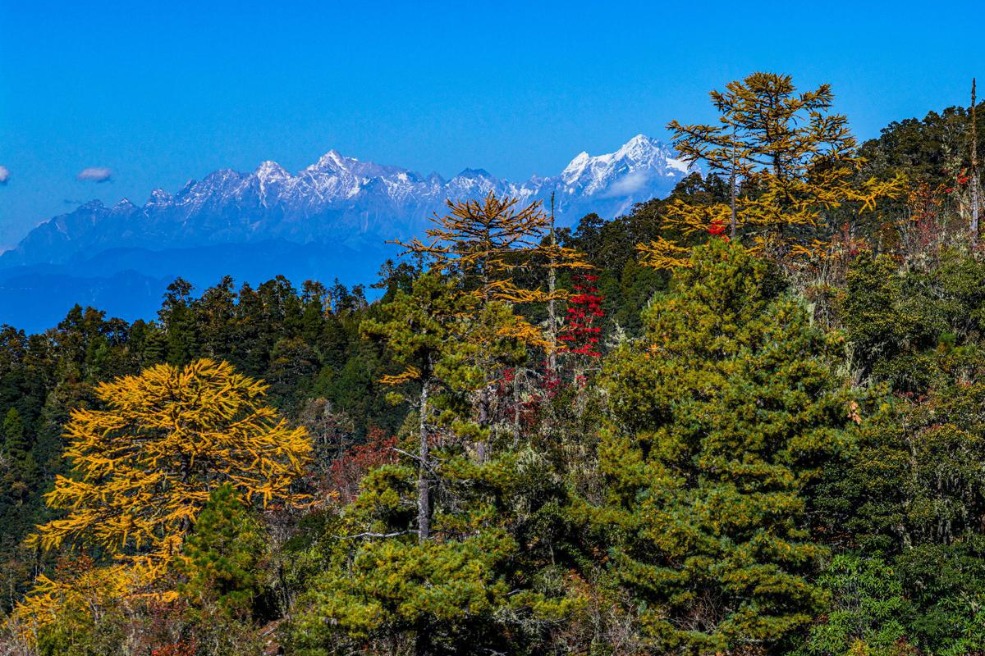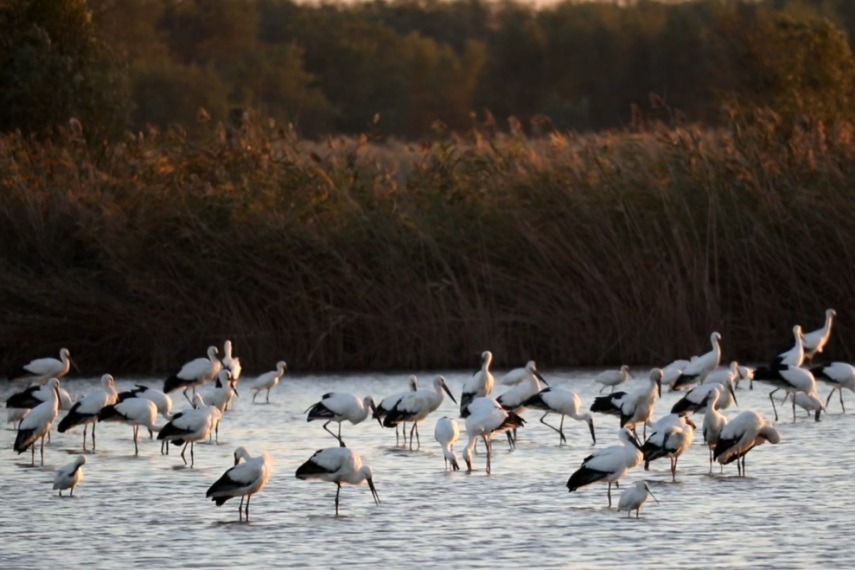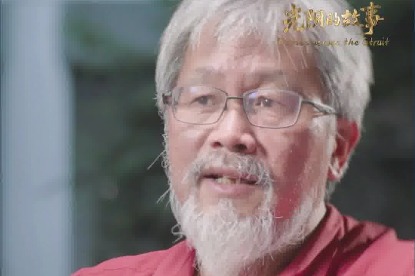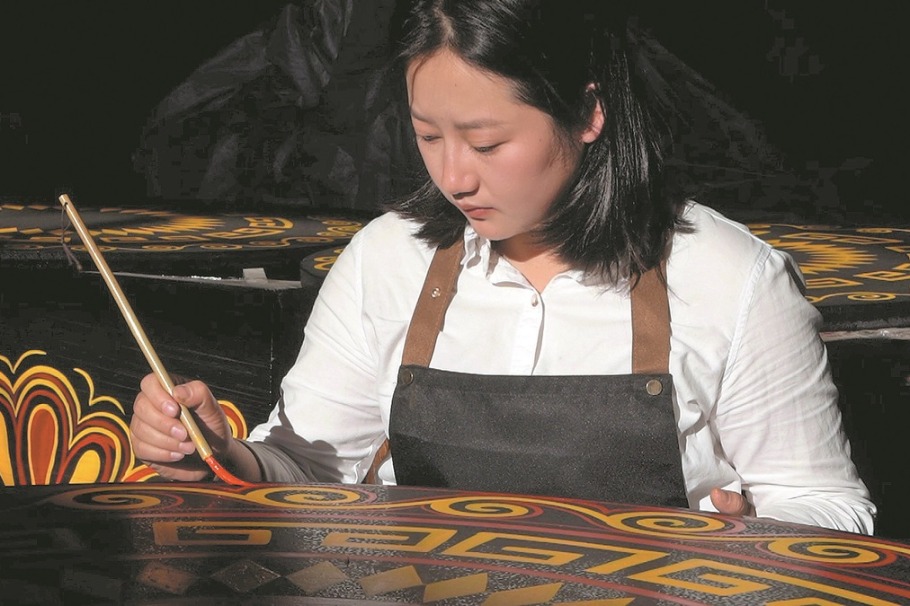Space tech underpins stellar Games


From snowfall and cloud radars to security and safety gear, the nation's experts are leading the field. Zhao Lei reports.
Ren Jingwei, a radar engineer at China Aerospace Science and Industry Corp's Second Academy, used to design defense technologies for the country's armed forces.
Several years ago, though, the focus of his work shifted to natural elements such as wind, snow and ice.
He is one of a group of researchers and engineers at the academy's 23rd Institute tasked with using their expertise to serve a massive sports gala-the ongoing 2022 Beijing Winter Olympic Games.
"We have situated three wind-profiler radars, two millimeter-wave cloud radars and 41 automatic meteorological stations around the Winter Games' sporting venues," Ren said.
The wind-profiler radars use phased array technology to detect wind speed and direction at various elevations above the ground, while the millimeter-wave cloud radars observe cloud and mist. Meanwhile, each of the automatic meteorological stations contains a range of sensors to collect data about factors around it such as wind, atmospheric pressure, humidity and temperature, according to Ren.
- Sino-foreign youth dialogue promotes mutual understanding in Nanning
- Surfing in Guangdong's Shantou
- Macao SAR to speed up reform, diversification in 2026: chief executive
- China's primary school population peaks, middle school to follow
- China's express delivery sector posts steady growth in first 10 months
- Intl visitors embrace nature, biodiversity at Tianmu Mountain
















